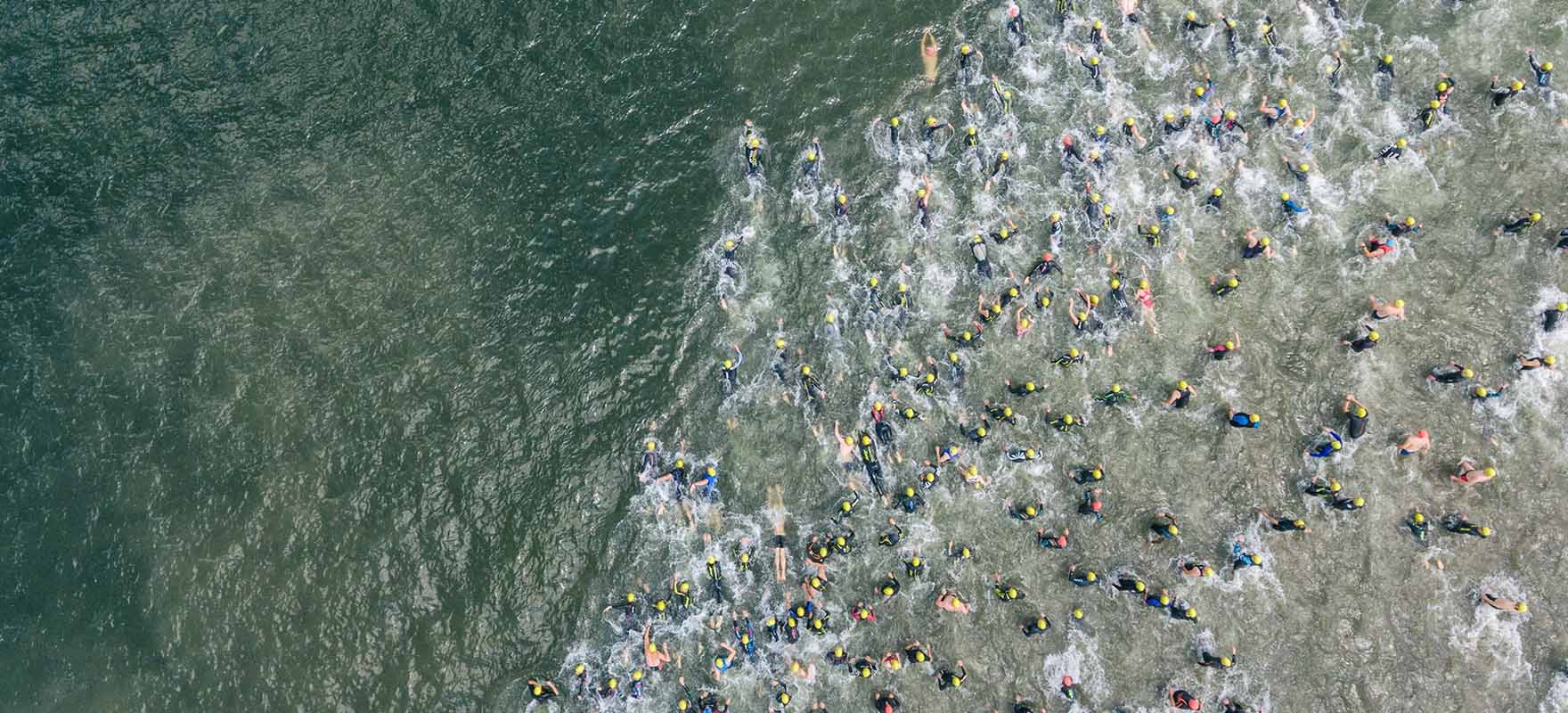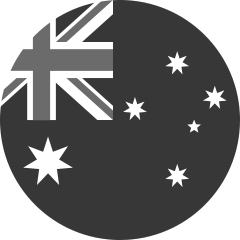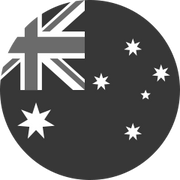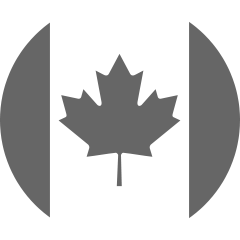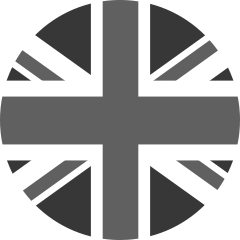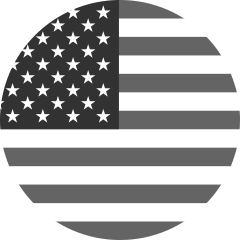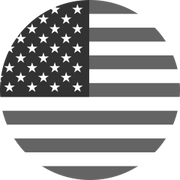How to Train for an Olympic Triathlon: Swimming Tips for a Successful Race
Since making its debut at the Olympic Games in Sydney in 2000, the Olympic triathlon has become generally accepted as the global standard in terms of race distance.
It’s a formidable challenge for beginners and experienced racers alike. And when you train for an Olympic triathlon, swimming is a vital skill to become proficient with.
Whether you’re a first-timer whose goal is simply to reach the finish line or a seasoned triathlete seeking your next personal best, this article will explain how you can conquer your swim training to achieve your goals. Let's talk about Olympic Triathlon training plans!
Should You Start with an Olympic Triathlon?
If you’re planning to race in your first triathlon, you might be wondering which distance is the right one to start with.
And there’s no right or wrong answer to this question.
But when deciding between a sprint or an Olympic triathlon, there are some considerations to make.
Race Distance
With its 1.5 kilometre swim, 40 kilometre bike ride, and 10 km run, an Olympic triathlon is twice the distance of a sprint triathlon and could take you three hours or more to complete.
In fact, the Olympic triathlon swim distance is only 400 metres shorter than an Ironman 70.3.
So, completing this race requires a significant level of strength, fitness, and comfortability—especially in the water.
Training Demands
To tackle the distance of an Olympic triathlon, you’ll need to train between 6 and 8 hours per week for as many as 16 weeks.
This includes between two and three hours of swimming per week.
If you’re getting ready to train for your first triathlon, there are a few things you should know in advance. For some important fundamentals, read through our resource: Training for a Sprint Triathlon: Swimming Tips to Get You Race-Ready.
There, you’ll find a ton of foundational training information, including:
- How to set training goals
- Essential swim training equipment
- Tips for how to make sense of your swim training plan
- How to get started with triathlon swimming training
- Tips for incorporating open water swimming into your training plan
- A beginner triathlon swim training workout
Sprint vs. Olympic Triathlon Swim Training
In the previous section, we explained the differences in distances between sprint and Olympic triathlons. But what does that actually look like in terms of swim training and on race day?
Whether you’re considering an Olympic triathlon as your first race or you want to level up from a sprint triathlon, there are a few key differences to keep in mind.
Swim Volume
Just like a sprint triathlon, your goal with Olympic triathlon swimming training should be to train for the distance, not to the distance. You’re going to need to be comfortable enough swimming long distances that come out of the water with enough gas in the tank for the long ride and run to follow.
And just like training for a sprint triathlon, Olympic distance training requires consistency to see improvements.
But unlike sprint triathlon training, when you’re training for an Olympic triathlon, swimming between 1.5 kilometres and 2 kilometres per session twice a week is common.
Aerobic and Anaerobic Workouts
When you train for an Olympic triathlon, you’ll need to be swimming to build both your aerobic and anaerobic capacities:
- Aerobic: The word “aerobic” means “with oxygen.” Essentially, you can think of this as endurance training that helps you swim farther distances and for longer time periods at a lower level of intensity.
- Anaerobic: The exact opposite of aerobic, “anaerobic” means “without oxygen.” Anaerobic training focuses on short bursts of effort at really high intensity levels. The benefit of anaerobic training is that it helps set the bar higher for the distance you can swim at lower levels of effort.
During your race, you’ll want to spend the majority of the time in your aerobic zone, avoiding over-exerting yourself and depleting your energy levels too early.
But when it comes to your Olympic triathlon training plan, you’ll be working through periods of anaerobic training.
Doing so will allow you to gradually increase your baseline throughout the duration of your training plan by pushing your physical capacity in short bursts before returning to normal. Over time, those periods of intense physical exertion will begin to feel increasingly easy as you become comfortable with that level of output and your fitness improves accordingly.
Pacing
When you’re swimming in open water, your 1500-metre distance will feel a lot longer than it does in the pool.
That’s why focusing on finding and mastering your race day swim pace is a critical piece of the Olympic swim training puzzle.
If you push too hard or swim inefficiently on race day, you’ll exhaust yourself during the swim and have less energy left for the bike ride and run.
However, one of the biggest challenges in finding and maintaining a consistent pace during your swim is that you generally lack access to real-time data. With your sports watch on your arm and your arm consistently in motion, the only time you’ll get to see your pace is if you slow down or stop to check it.
That’s why FORM goggles were designed to put real-time metrics and data right in front of your eyes, allowing you to see your exact pace while you swim without having to interrupt your stride.
Where to Focus Your Olympic Triathlon Swim Training
During your Olympic triathlon swim training, your regimen will ideally follow four key phases:
- Base: This phase focuses on building endurance and will be made up of lower-intensity aerobic swims.
- Build: During this phase, you’ll focus more on intense, race-specific training rather than hours or distance per week. These are important to build your anaerobic endurance.
- Peak: Generally beginning a few weeks out from your race, this phase balances the right mix of intensity and rest, such as high-intensity race swim simulations every few sessions with light sessions or rest in between.
- Taper: While this feels counterintuitive to many triathletes, your taper phase—generally the week before your race—is all about maintaining fitness, avoiding injury, and getting rid of fatigue. These swims will be shorter, but not necessarily less intense. The goal here is to get mentally and physically ready to race.
For beginner Olympic triathletes, your training should be focused primarily on endurance, efficiency, and strength rather than speed.
How to Fit Olympic Triathlon Training Into Your Schedule
Olympic triathlon training is a high-volume endeavor. And many triathletes find it hard to fit it all into their busy schedules.
This is especially true when it comes to your swim training. Swimming is often a more planning-intensive discipline: you need to account for travel time to and from the pool and the possible constraints of your pool’s lap swimming schedule.
So, how can you fit Olympic triathlon swim training into your schedule? There are a few things you can do to make it work.
Commit and Prioritize
Triathlon training will undoubtedly demand that you prioritize it over other things, so you need to be ready for that reality.
But most Olympic triathlon training plans are between 12 and 16 weeks long, meaning it’s just a matter of buckling down and getting dialed in for a short period of time.
Remember: this is a short-term sacrifice for a life-long achievement.
Plan Ahead
Don’t approach your training schedule on the fly. Instead, look at the week ahead and proactively schedule your workouts into your calendar. Knowing what you need to do and when will make it easier to plan around and, in turn, easier to stick with.
Figure Out Your Ideal Training Time
Some people love to train first thing in the morning to get it out of the way. Some people like to do it in the middle of the day to re-energize themselves. And others prefer to do it in the evening once their other responsibilities are finished.
There’s no one-size-fits-all formula for success. It’s just a matter of finding the right time for you.
Communicate with People
Before you get into your Olympic triathlon training, communicate your goals and ambitions to the people closest to you. That way, if you need to prioritize your swim training over another plan, everyone will understand why you’re doing it.
Avoid Skipping Workouts
He might not be a triathlete, but Kobe Bryant nailed his philosophy on discipline.
“I’m not negotiating with myself,” he said. “The deal was already made. When I set out and said this is the training plan I’m doing, I signed that contract with myself and I’m doing it.”
The majority of us are not professional athletes, but we can still embrace that championship mentality.
It can be all too easy to skip your workouts if they become inconvenient. But it’s important to stick to them as much as you possibly can.
Even if you don’t have time for your full swim training session, head to the pool and do as much as possible.
Remember, doing 50% of your workout is better than doing none of it at all.
Don’t Overlook Self-Care and Rest
On the contrary from the previous point, self-care and rest are vital—and so is listening to your body.
If your body is telling you it needs a break, listen to it. You’re better off missing a swim here and there than pushing yourself and risking an injury.
The road to race day is a long one. Make sure you’re looking after yourself.
Prepare Meals in Advance
For triathletes, nutrition is known as “the fifth discipline.” Fueling your body while you tackle your training is vitally important.
But cooking can also feel like a burden on top of your training and daily responsibilities.
So, finding ways to prepare your meals in advance can ensure you’re getting the calories and nutrients you need to train while alleviating the stress of daily cooking.
Make It Social
Triathlon is ultimately an individual sport, so training for it can sometimes feel isolating. Finding groups to join for workouts can make it more fun, social, and engaging and can also provide you with an added layer of accountability.
Follow a Training Plan
All of these things can seem overwhelming if you don’t have a roadmap to follow. And that’s why sticking to a formal Olympic triathlon training plan is vital when it comes to training for an Olympic triathlon.
Your training plan will tell you not only when to train and how far to swim, it will also tell you the exact sets and intervals to follow, and even when to take rest days so that you’re not just guessing at it.
Following a training plan will also allow you to track your progress over time. And FORM offers two Olympic distance training plans to get you ready for race day.
All you have to do is show up and swim.
If you’re an experienced triathlete and your goal it to improve or achieve a personal best, you’ll want to focus on drills that prioritize intensity and speedwork.
But for beginners and seasoned swimmers alike, following a structured training plan can make the difference between a bad race and a good one. That’s why FORM offers training plans designed to help you get ready for your Olympic triathlon and provides you with access to integrated tutorial videos to provide you with an easy alternative to high-priced coaches.
Incorporating Open Water Swimming Into Your Olympic Triathlon Training Plan
Even for seasoned triathletes, swimming in open water adds an extra dimension of challenge to their race.
Between the cold water temperatures, the lack of visibility, and often-choppy conditions, open water swimming can be significantly more challenging than training in a pool.
Finding opportunities to get out into open water prior to your race is a vital piece of your Olympic triathlon swim training regimen and will be one of the most significant keys to reaching the finish line.
A Simple Olympic Triathlon Swim Workout
This workout will help you understand what your ideal pace should feel like and help you get used to changing pace comfortably.
When preparing for an Olympic distance triathlon, try these two 1,800-metre swim workouts designed by FORM’s Olympic coaches to help practice pace variation.
One is focused on endurance while the other will help you dial up your pace.
Dream Maker (Endurance Swim Workout)
Warm Up
- 1 x 100 Choice Easy
- 2 x 50 Kick Strong @ 30 seconds rest between each interval
- 2 x 100 Choice Easy
Main Set
- 3 x 200 Freestyle Moderate @ 30 seconds rest between intervals
- 2 x 50 Choice Easy @ 30 seconds rest between intervals
- 2 x 150 Freestyle Moderate @ 25 seconds rest between intervals
- 2 x 50 Choice Easy @ 30 seconds rest between intervals
- 1 x 100 Freestyle Moderate
- 2 x 50 Choice Easy @ 30 seconds rest between intervals
Warm Down
- 1 x 200 Choice Easy
Level-Up Your Olympic Triathlon Swim Training with FORM
Whether your goal is to simply complete your Olympic triathlon or to approach it competitively, your swim will set the stage for the rest of your race. And that’s where the right plan comes into play: it helps you train the right way and provides you with goals and benchmarks to measure your progress.
With FORM, you'll swim with real-time metrics right there in your goggles. Plus, get a free 2-month Premium and boost improvement in the pool with 1,000+ workouts, 30+ training plans, and a custom workout builder.
Backed by a 2-year warranty and 30-day return guarantee, FORM goggles are built to last.
